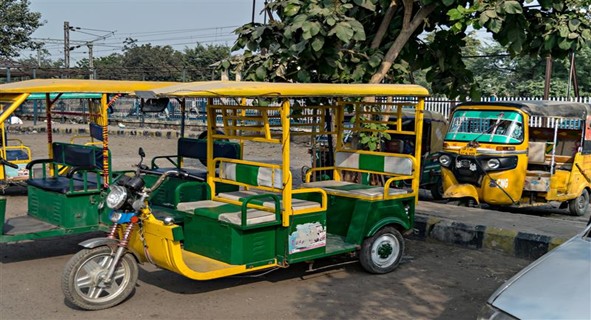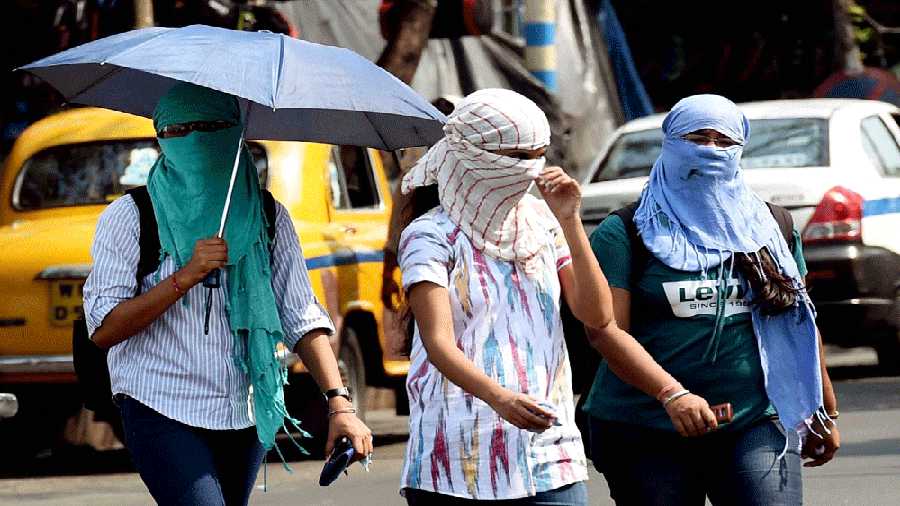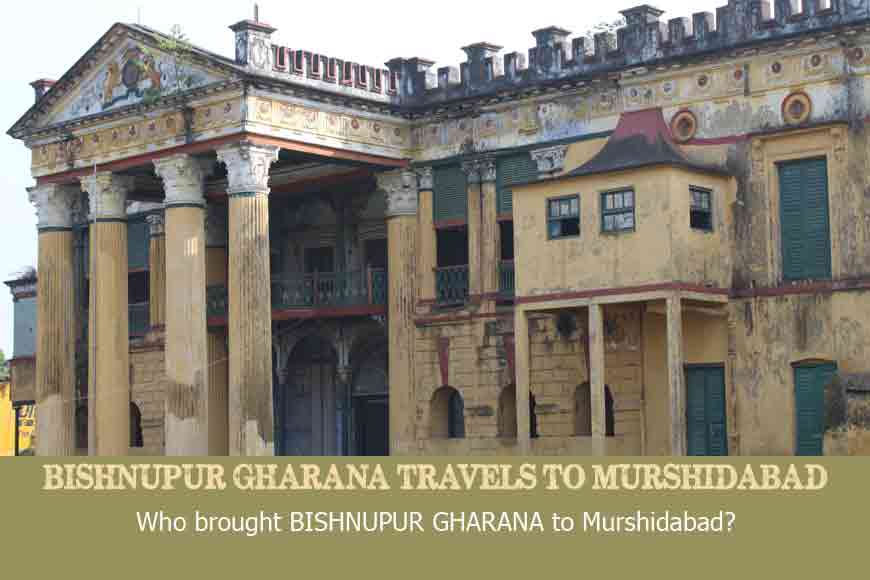Hidden Gem Alert: Why Bishnupur Should Be Your Next Indian Adventure (And How to Actually Do It Right)

Look, I've been to my fair share of touristy spots in India. The Taj Mahal? Beautiful but packed. Goa beaches? Great, if you don't mind the crowds. But Bishnupur? This place completely caught me off guard. Picture this: 25 ancient temples covered entirely in intricate terracotta artwork, and you're probably one of maybe a dozen tourists there on any given day. Seriously.
Located about 120 miles from Kolkata in West Bengal, Bishnupur isn't on most India itineraries, and honestly, that's what makes it perfect. The Malla dynasty ruled here for 800 years and left behind what I can only describe as an open-air museum of terracotta art that rivals anything you'll see in more famous destinations. And here's the kicker - you can see everything for about $0.30 if you're Indian or $3.50 for international visitors. Yeah, you read that right.

The Temples That Will Blow Your Mind (No Hyperbole)

Photo by Wikipedia - Rasmancha temple
Let me paint you a picture. You walk up to Rasmancha temple first thing in the morning - it's this bizarre pyramidal structure from 1600 CE that looks nothing like any temple you've seen before. It's got this elongated tower with three galleries wrapped around it, and every surface has these lotus motifs carved into terracotta. The morning light hits those burnt clay panels just right, and suddenly you understand why photographers lose their minds here.

Photo by Wikipedia - Shyam Rai Temple
But the real showstopper? That's Shyam Rai Temple. Built in 1643, this thing is completely covered - and I mean every single inch - with terracotta panels showing scenes from Krishna's life. There's this massive wheel called a Raschakra that illustrates divine love stories, and the detail is insane. You could spend an hour just looking at one wall. The five spires (they call it pancha-ratna style) create this rhythmic skyline that's instantly recognizable once you know what to look for.

Photo by Wikipedia - Jor Bangla Temple
Then there's Jor Bangla Temple from 1655, which literally looks like two traditional Bengali huts stuck together. The architects basically took village architecture and said, "Let's make this sacred." The entire surface tells stories from the Ramayana and Mahabharata in these horizontal bands, like an ancient comic strip carved in clay.
What really got me was learning about the technique. These aren't just decorative panels slapped onto walls. Each tile was individually carved, fired separately, and then assembled like the world's most intricate jigsaw puzzle using lime mortar. When a piece got damaged over the centuries, they could replace just that section without redoing the whole wall. Pretty clever for the 1600s, right?
How to Actually See Everything Without Losing Your Mind
Here's what nobody tells you about temple hopping in India - it's exhausting if you don't have a game plan. After trial and error (mostly error), I figured out the perfect system for Bishnupur.
The temples are grouped into three clusters, which is a godsend for planning. Start with the Central Heritage Cluster - that's Rasmancha, Shyam Rai, and Jorbangla, all within a 1.9-mile walking loop. Hit this first, ideally at 8 AM when the ticket counter opens. The morning light is perfect for photos, and you'll beat both the heat and any tour groups.
For the Eastern Cluster (Madan Mohan Temple, Radha Gobinda Temple, and the famous Dalmadal Cannon), grab an e-rickshaw. These battery-powered three-wheelers are everywhere, and drivers know the drill. Budget about $2.50 per hour - they'll wait while you explore each site.

Photo by Frost & Sullivan - Eletric Three-Wheeler
Pro tip that'll save your sanity: If you're coming for just one day, take the Rupashi Bangla Express from Kolkata. It leaves at 6:28 AM and gets you there by 10-ish. You can hit 8-10 temples, the museum, grab lunch (Bengali thali for about $2), do some shopping, and catch an evening train back. It's intense but doable.
Got two days? Now we're talking. Day one, do the main temple circuit at a relaxed pace. Day two, head to Panchmura village (about 22 miles away) where you can watch artisans make the famous Bankura horses - those elongated neck terracotta horses that have become symbols of Bengali craft. The workshops are fascinating, and you can try your hand at pottery for a few bucks.
Getting There Without the Hassle
From Kolkata, you've got options. Trains are your best bet - there are multiple daily connections taking 3-4 hours. Second-class seating costs about $1.20, or splash out for AC first class at $16. Book through IRCTC website up to 60 days ahead, especially if traveling during festival season.
If you're driving, it's about 4-5 hours via the Durgapur Expressway. The roads are decent, but I'd still recommend the train unless you're really committed to a road trip. Buses exist too, leaving from Esplanade in Kolkata for about $3-4, but honestly, the trains are more comfortable and barely more expensive.
Once you're in Bishnupur, everything's close. The main temple circuit is just over a mile, totally walkable if you're reasonably fit and it's not blazing hot. Those e-rickshaws I mentioned? They're called "Totos" locally, and they're perfect for zipping between sites. Most temples are within a mile of the train station.
Photo by Wikipedia - Kolkata Circular Railway
Where to Crash for the Night
Accommodation in Bishnupur ranges from "basic but clean" to "surprisingly nice." Hotel Annapurna is the only 3-star option, with rooms from $50-95 per night. It's got a pool, which you'll appreciate after a day of temple hopping in the heat. Plus, it's just 450 meters from Rasmancha - you could literally walk there in your pajamas (don't, though).
Budget travelers, check out the West Bengal Tourism Lodge. Non-AC rooms go for about $7.50, AC rooms for $17-25. The on-site restaurant serves solid Bengali food, and the location near the temples is unbeatable.
There's also a handful of mid-range places like Hotel Olivia and Bishnupur River Side Resort ($19-38 per night) with pools and garden settings. During Durga Puja (September-October) or the Bishnupur Mela (late December), book way ahead - prices spike and rooms disappear fast.
The Crafts That'll Empty Your Wallet (In a Good Way)
You can't leave Bishnupur without checking out Baluchari sarees. These silk masterpieces have entire mythological stories woven into them - we're talking detailed scenes that mirror the temple terracotta. Prices range from $37 for simpler designs to $625 for the really elaborate ones with gold thread. Even if you're not buying, watching the weavers work on traditional pit looms is mesmerizing. One saree takes a full week to complete.
The terracotta workshops are equally cool. The famous Bankura horse - that distinctive long-necked horse that's become the logo of Indian handicrafts - is made right here. They craft them in seven separate parts and assemble them, using the same laterite clay and techniques from centuries ago. A small one costs a few dollars; larger pieces can run $20-30.
There's also Dokra metal craft, using this ancient lost-wax casting technique that tribal communities have practiced forever. The bronze figurines and jewelry are stunning, and you're buying directly from artisans who learned from their grandparents.
Hit the Poramatir Haat market on Saturday afternoons (2-5 PM) for the best deals - you're buying straight from the artists, no middleman markup.
When to Go and What to Bring
October through March is prime time - temperatures hover between 54-77°F, skies are clear, and you can actually walk around without melting. December's Bishnupur Mela brings craft exhibitions and cultural performances, though you'll pay more for rooms and deal with bigger crowds.
Skip the monsoon (June-September) unless you enjoy mud and 15 inches of rain in July alone. And definitely avoid April-May when temperatures hit 107°F. I made that mistake once. Never again.

Photo by Telegraph India
Clothing heads-up: These are active religious sites. Long pants and covered shoulders for everyone - no exceptions. Bring shoes you can slip off easily since you'll be removing them constantly. Comfortable walking shoes are essential for the temple circuit, and don't forget sun protection.
For photography nerds: Early morning (6-8 AM) and late afternoon (4-6 PM) give you the best light. The golden hour around sunset makes those terracotta panels glow. Still photography is free at most sites, but video usually costs extra.
The Practical Stuff Nobody Mentions
ATMs exist (ICICI and SBI near the town center), but many vendors prefer cash. Mobile coverage from Airtel and Jio is solid, and Hotel Annapurna has decent WiFi if you need to upload those Instagram shots.
For medical emergencies, there's Bishnupur District Hospital, plus Disha Multi Speciality Hospital on College Road for private care. Hopefully you won't need either, but good to know.
Food-wise, you're in for a treat. Bengali cuisine is fantastic here. Don't miss the posto bora (poppy seed fritters), mecha sandesh sweets, and if you're there in winter, the moa made from date palm jaggery. Local restaurants serve full thalis for $1.50-2, and trust me, you'll roll out of there stuffed.
Why This Place Matters
Look, India has thousands of temples. What makes Bishnupur special isn't just the architecture - though that's world-class. It's the fact that this entire town represents 800 years of continuous artistic tradition. The Malla kings didn't just build temples; they created an entire cultural ecosystem where architecture, music, weaving, and pottery all influenced each other.

Photo by Get Bengal
The Bishnupur Gharana is Bengal's only classical vocal tradition, established in the 13th century and still taught today. The weavers creating Baluchari sarees draw their designs directly from temple panels. The terracotta artists working today use the same techniques their ancestors perfected 400 years ago.
This isn't a museum piece frozen in time - it's a living tradition. And unlike so many tourist destinations in India that feel overwhelmed by visitors, Bishnupur still feels real. You're not navigating crowds of selfie sticks or fighting for photo spots. You might have an entire temple to yourself for 20 minutes.
The Bottom Line
Bishnupur won't give you the instant name recognition of "I've been to the Taj Mahal." But if you want to see something genuinely extraordinary that most travelers miss, somewhere you can actually engage with India's artistic heritage without the tourist circus, this is it.
You can do the highlights in a long day trip from Kolkata, but two or three days lets you really soak it in. Either way, you're looking at one of the best value cultural experiences in India - where else can you explore 25 historic temples, shop for UNESCO-recognized crafts, and eat fantastic food for less than what you'd spend on a mediocre dinner in Mumbai?
Just remember to book that train ticket in advance, bring comfortable shoes, and prepare to have your expectations completely shattered - in the best possible way. Trust me on this one. Bishnupur is the India trip you didn't know you needed.
